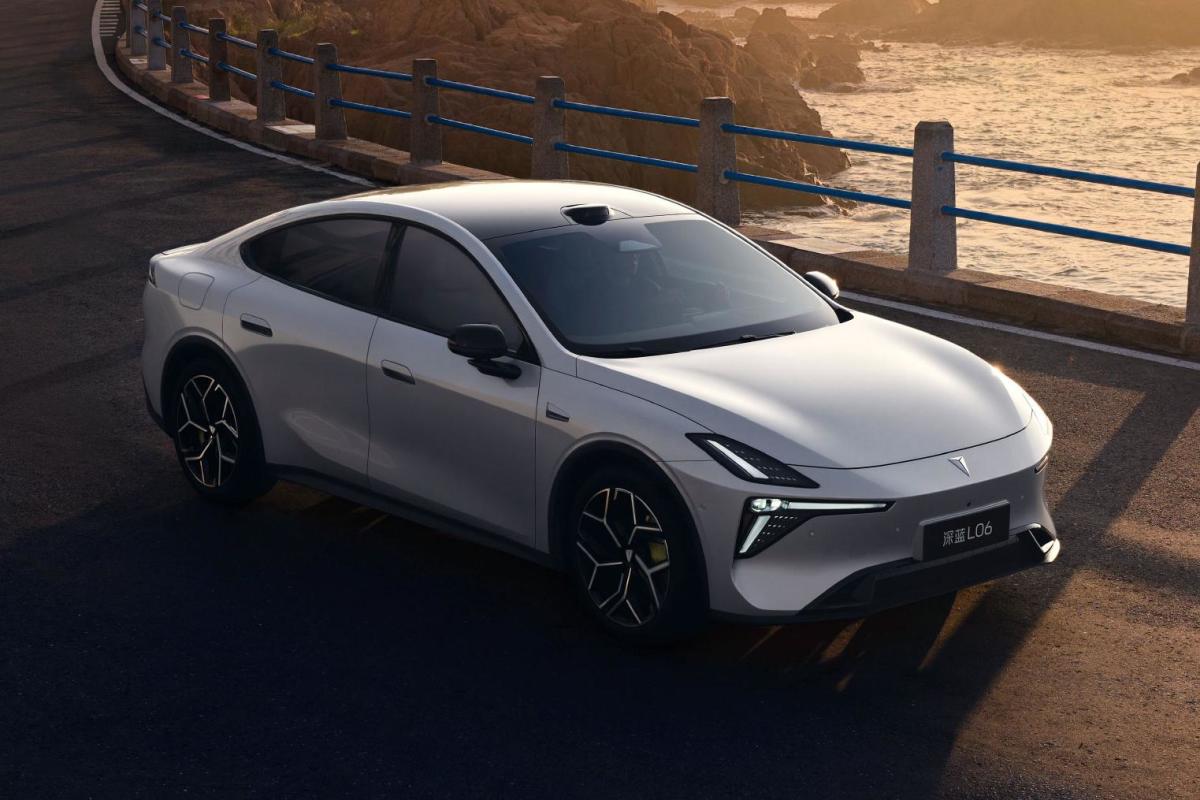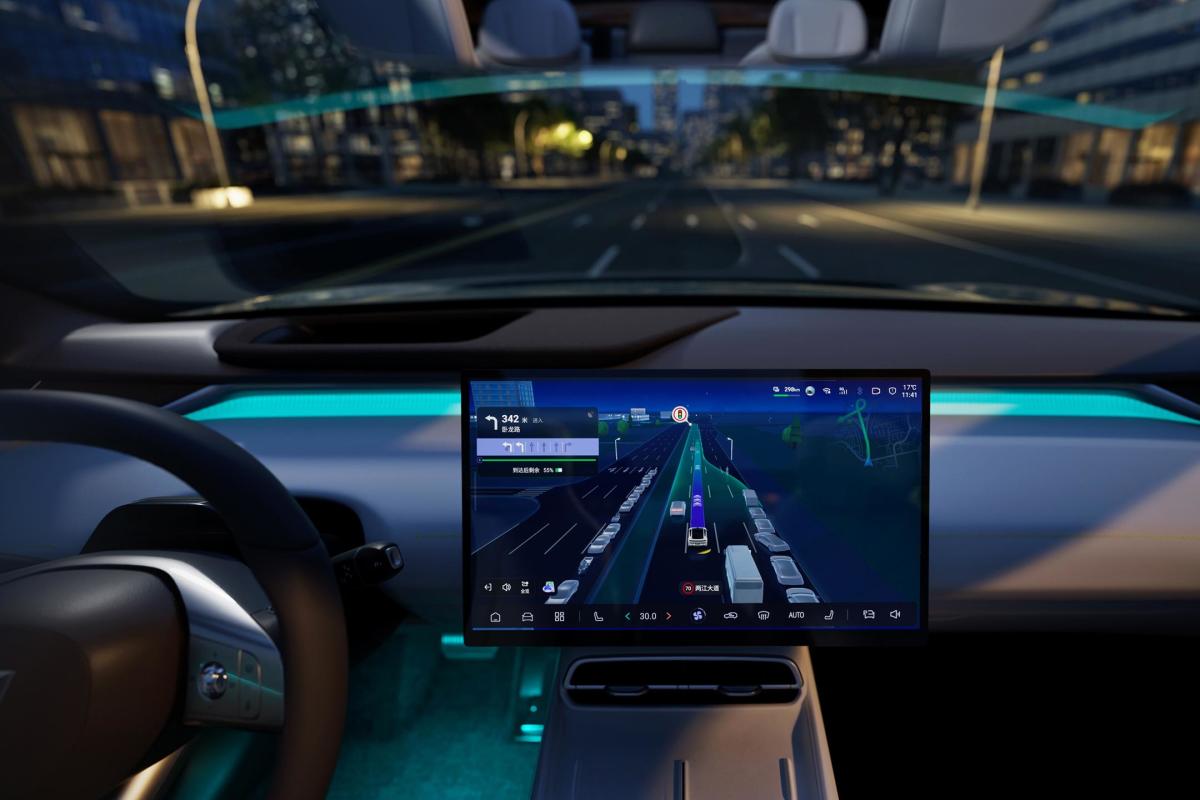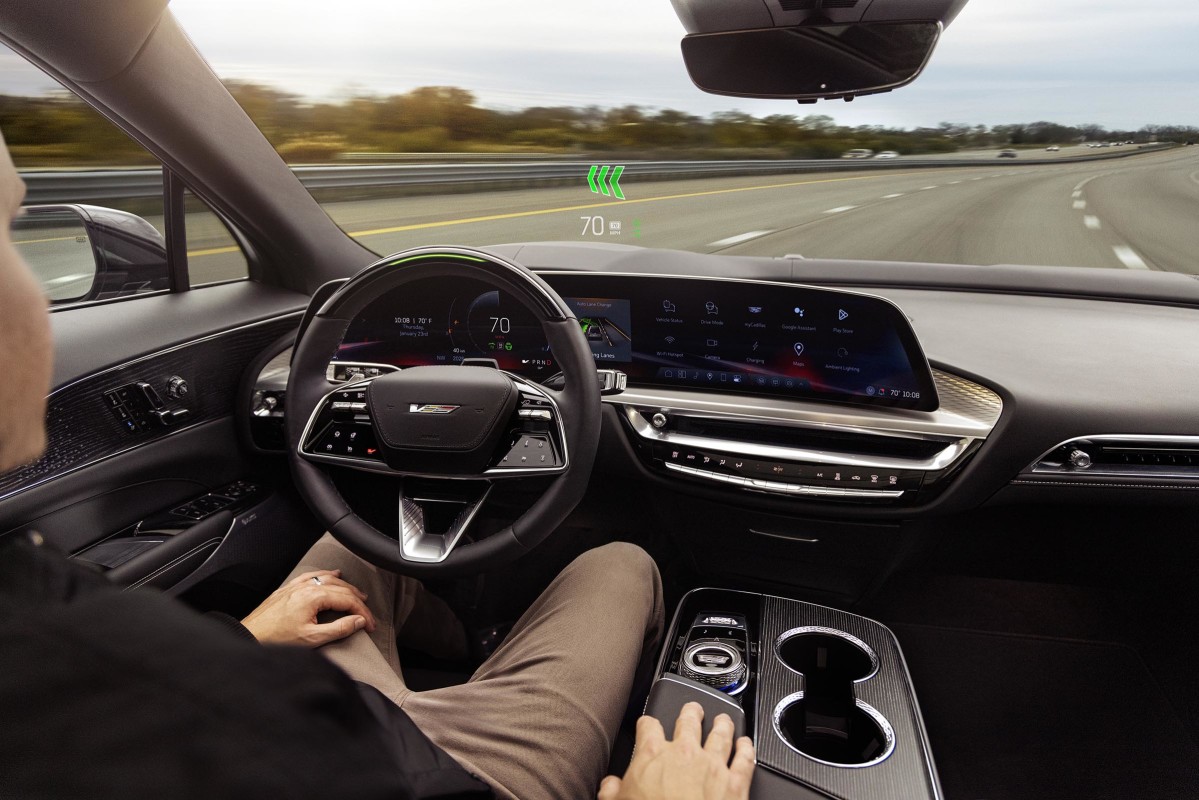The new Deepal L06 has been revealed in China with a headline feature few mass-market EVs can claim: magnetorheological dampers, the same core technology found in Ferraris, Corvettes and high-end GM products. Deepal, a sub-brand of Changan, is pitching the L06 as the first affordable Chinese sedan to offer MagneRide-type suspension, a system originally developed by Delphi and used in everything from the Cadillac Seville to the C8 Corvette.
It comes at a time when Chinese automakers are rapidly adopting premium hardware, with brands like Deepal pushing advanced chassis tech into mainstream price brackets, that prediction looks increasingly plausible.

What Makes the Deepal L06 Unique
According to Deepal, the L06 is the first mass-market Chinese EV to use magnetorheological suspension, supplied by BWI Group. The system uses fluid filled with iron particles that stiffen or soften under an electromagnetic field, allowing for near-instant damping adjustment. It’s the same underlying tech long used by Ferrari, Chevrolet and Ford performance models.
Deepal claims the L06 delivers “supercar-level stability” with no bouncing over steep inclines and improved high-speed composure. MacPherson struts sit up front, with a five-link rear setup, and the car reportedly beat a Porsche 911 in China’s moose test, achieving 85.6 km/h.
The powertrain is simpler: a rear-drive 200 kW / 290 Nm motor with a 0–100 km/h time of 5.9–6.2 seconds. Battery options include 56.1 kWh or 68.8 kWh LFP packs (CLTC range of 560–670 km). An EREV variant uses a 1.5-litre petrol engine as a generator, paired with a smaller 28.4 kWh battery for 240 km of electric-only range.
As Chinese brands scale up, the L06 also adds a heavy dose of software. Its Deepal AD Max driver-assistance suite uses lidar, radars, ultrasonic sensors and 11 cameras, and Deepal claims the system offers “urban autonomous roaming” and a sophisticated multi-map navigation engine that surpasses smartphone navigation. These tech-heavy EVs sit within a fast-evolving market where consumer perceptions are also shifting.

Platform, Interior and Global Context
Inside, the L06 uses a 15.6-inch touchscreen, AR head-up display and soft-touch materials covering over 90% of surfaces. Dimensionally, it sits close to Deepal’s SL03 and L07 models and shares links with the architecture used for the upcoming Mazda 6e.
Deepal’s presence in Australia is already growing through the S07 SUV and the E07 “Multitruck,” the latter’s unusual styling reflects a broader design divergence in China. With Chinese brands experimenting rapidly across segments, features once exclusive to premium Western marques are now filtering into sub-luxury EVs.

Why It Matters
The Deepal L06 shows how quickly Chinese automakers are closing the technology gap with Western performance brands. Magnetorheological dampers were once reserved for six-figure supercars; now they’re appearing on family-priced EVs. Combined with advanced autonomous hardware, competitive ranges and aggressive pricing, it signals why global automakers are increasingly anxious about China’s rising influence.
If brands like Deepal continue integrating high-end suspension, software and battery engineering into mainstream models, the competitive pressure on legacy automakers, particularly in Europe and the US will only intensify.

